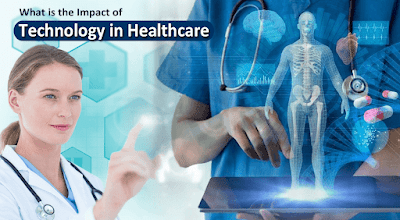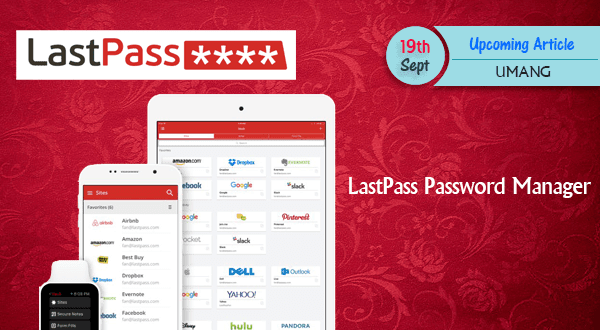The application of technology has brought about several welcome changes in the field of healthcare in recent years. Once software companies truly understood this and incorporated physicians and clinical staff into product design, there was a sea change toward better technologies. The availability of intuitive mobile apps targeted treatments, and remote consultations with specialists have led to improved patient care. Moreover, the advent of the latest technology has also improved the outcome of several alternative healthcare practices.
Here are some key technology has made a significant impact in healthcare:
Health Record Digitization:
Bulky and dusty paper files are now slowly making their way out to
accommodate digital records. These digital records can be uploaded
securely to the cloud and can be accessed remotely by healthcare
professionals as well as patients. This makes it quick and easy to
store, manage, and transmit data. More informed and better medical
decisions can be taken because the professionals and patients have
access to support for clinical decisions. Health record digitization
also facilitates the delivery of efficient healthcare to remote areas
that are inaccessible.
Mobile App Technology:
Mobile apps are now a part of a common man's lifestyle. There are
several medical apps that provide patients quick access to accurate
medical information. These apps can also be used to receive reminders
for taking medicines, keep track of doctor's appointments, etc. For
people looking to get healthier, there are apps capable of offering
customized solutions by tracking our activity levels and food intake.
There are also apps for physicians that can reduce time spent on routine
tasks such as filing and recording maintenance. Mobile apps are
extensively used these days by physicians to improve diagnosis, solve
problems, and access critical drug information. With the help of medical
apps, the doctors can also interact with their patients directly,
accurately record their vital signs, maintain patient consultation logs,
and achieve greater procedural efficiency.
Better physician to physician communication:
Used to be when a physician wanted to refer a patient, or get clinical
input from a colleague, he or she called the physicians back line.
Today, there are multiple secure messaging technologies that enable
physicians to conduct an informal ('curbside') consultation with a
colleague, use secure IM chat, and refer a patient from within the
practice management or hospital system. These advances have eliminated
the need for phone calls and phone tag, and have solved the problem of
lost notes and phone messages; all communication is tracked and logged
automatically.
Real-time visibility into patient status:
Faxed and emailed patient census data, neither of which are sent to
physicians in real-time, are fast being replaced with automated data
tracking and alerting systems. These technologies alert physicians when a
patient is admitted or discharged, or when they've been seen in the
emergency department. Referred to as admission, discharge, and transfer
(ADT) alerts, they have become a standard communication and quality of
care standard in many health systems.




0 Comments